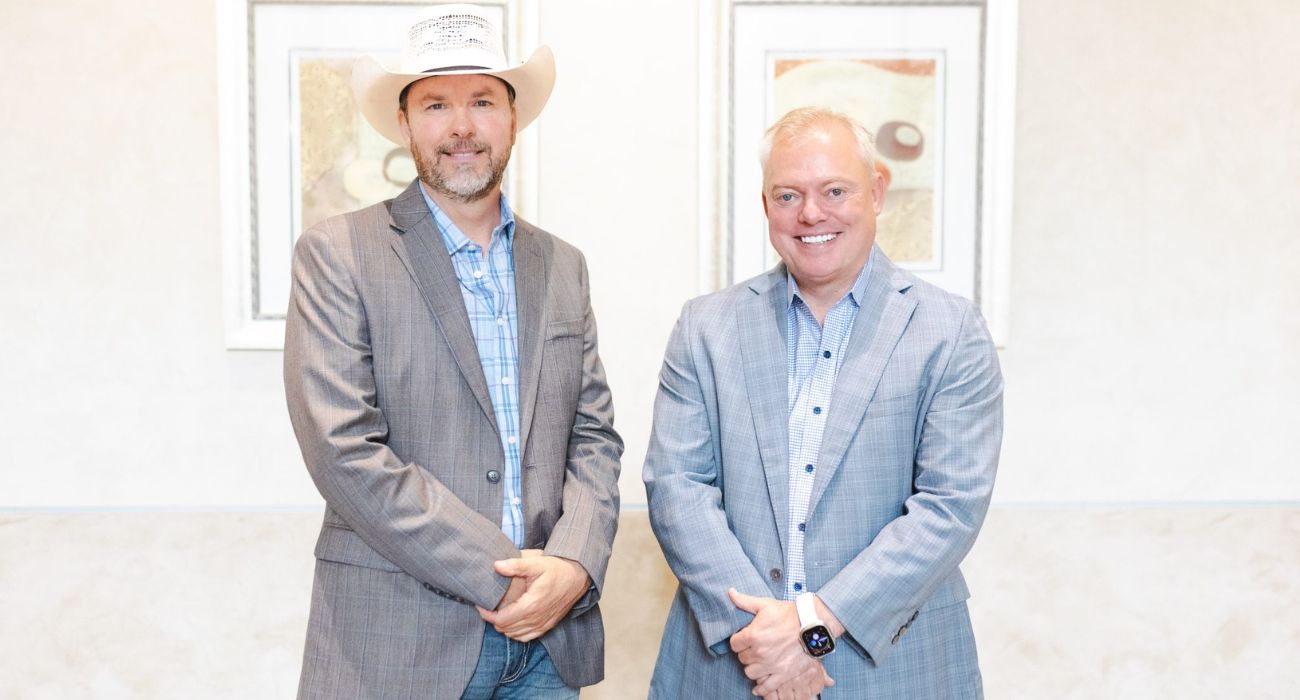As the commercial real estate industry grapples with a post-COVID-19 world, there are fears that the office space peak may be in the rearview.
Companies are supporting their workforces with less square footage, and there is an elevated uncertainty around demand.
While newer Class A properties are still seeing demand, there is a growing concern over the less desirable office spaces prevalent in the DFW area.
“There’s this question of, as leases expire and it comes time to renew, are firms going to take as much space as they were before?” Bill Kitchens, director of market analytics at CoStar Dallas, told The Dallas Express.
“The genie’s out of the bottle, and firms don’t need the same kind of footprint [as] if everyone was coming in full-time at a regular cadence. That was already a trend kind of playing out before the pandemic, but that’s really been catalyzed and accelerated,” he argued.
Kitchens said that commercial real estate demand is now centered around amenity-rich class A-type properties to entice workers to return to the office. He calls it a “flight to quality.”
“Firms want to take that new shinier space, and they are going to pay a premium for it. Higher-end buildings are still receiving a fair amount of attention from tenants. Folks are looking for not only gyms or dining amenities but outdoor green space,” he told The Dallas Express.
This means that lower-end Class B and C properties are facing the most risk, particularly in Dallas.
“The big question here is, are tenants going to stay in those buildings, especially given the fact that we have a fairly large share of those buildings going back from the late 70s through the 1980s? That was kind of a building boom here in Dallas-Fort Worth, and that’s going to play out here in the next few years,” he said.
Kitchens said that some of these properties could be converted to multi-family housing or adaptive reuse projects, but these are costly undertakings that may be less feasible than a new build.
“The capital required to do that, the engineering and the planning of a project of that scale, and the approvals from the municipalities. It’s a massive undertaking, and it’s messy when, here, we can just do a ground-up multi-family project at a lower cost basis,” he said.
An added factor in the Dallas dynamic is the unpredictable and inefficient operations of the City’s Development Services Department, which issues building permits, as previously reported by The Dallas Express.
While downturns are almost always eventually followed by a recovery, this time around, the relationship between the job market and office space could be de-coupled.
“Through this latest downturn, we’ve seen office-using jobs bounce back pretty quickly, and with it, office demand usually bounces back — it’s a pretty tight relationship. That relationship is broken. That demand hasn’t bounced back [like] in previous cycles; that’s the crux of the uncertainties we have seen, not only in DFW but other markets,” Kitchens said.
The current commercial real estate vacancy rate is 18.2% in the Dallas-Fort Worth area, up from 14.8% in Q4 of 2019, according to CoStar data.
“Dallas-Fort Worth has had double-digit vacancy rates going back to the 1980s. That was a period where we overbuilt. Looking ahead in the near term, I expect further vacancy rate expansion. Demand is on unsteady ground, and while we are still seeing plenty of attraction of newer buildings, the hangover from the builds from the 1970s and 1980s are going to be a drag on the market,” Kitchens told The Dallas Express.






